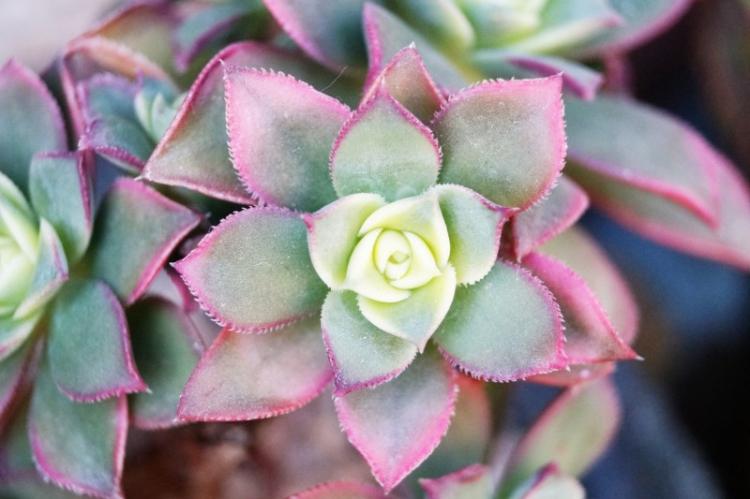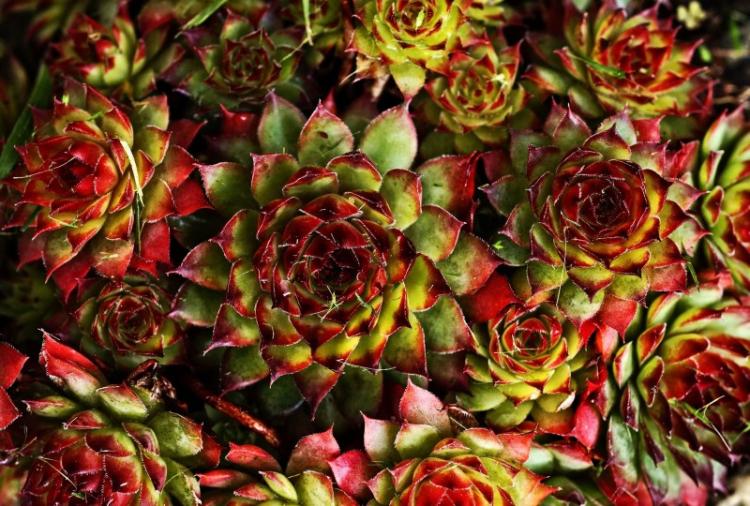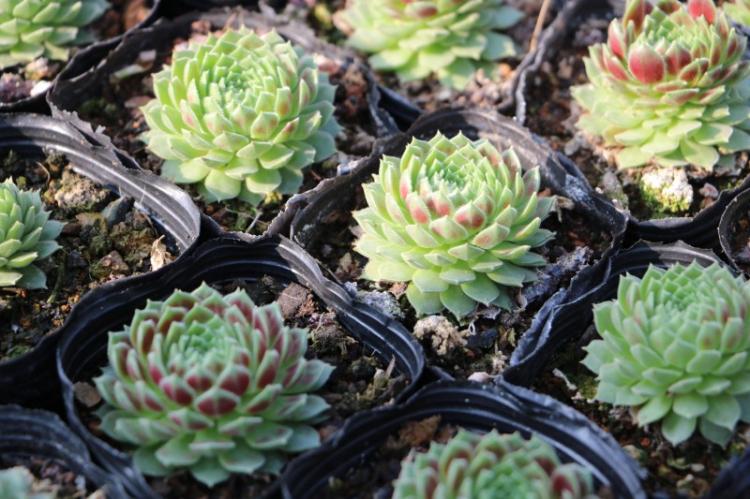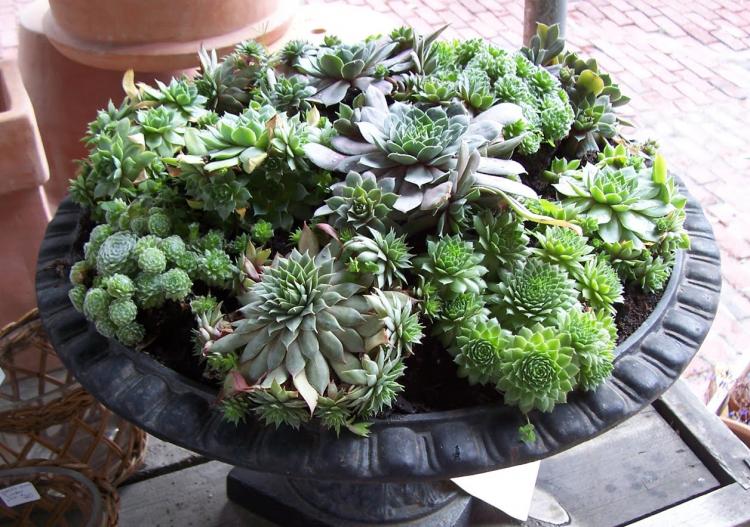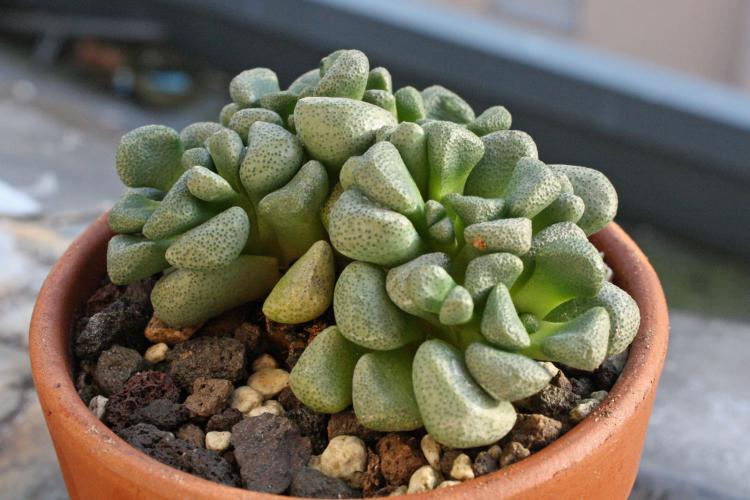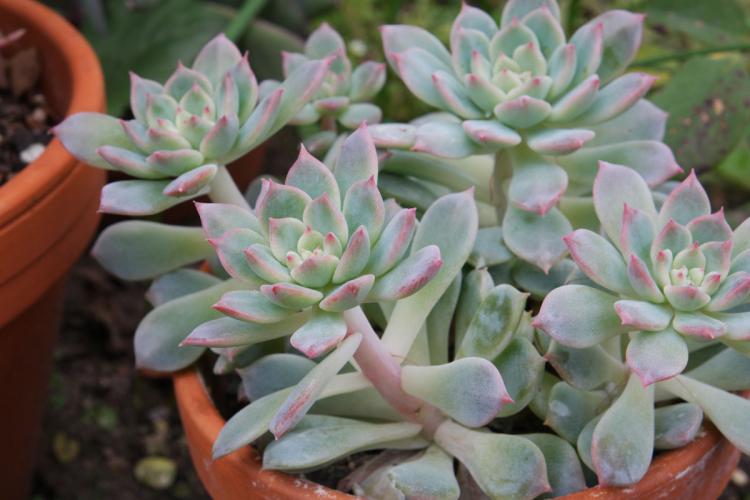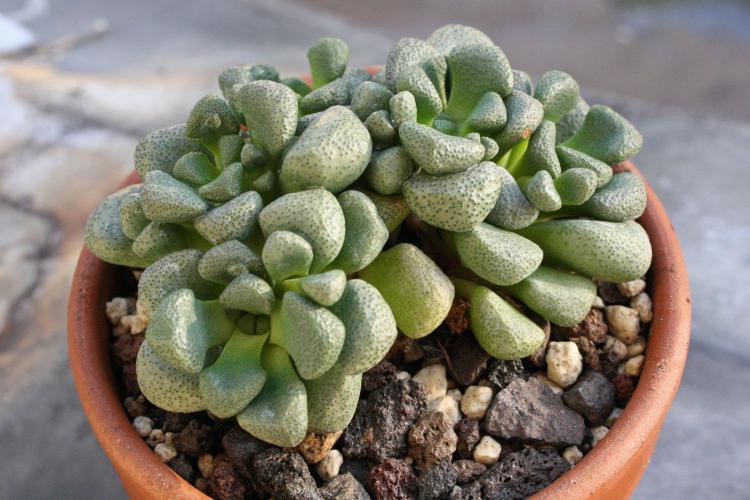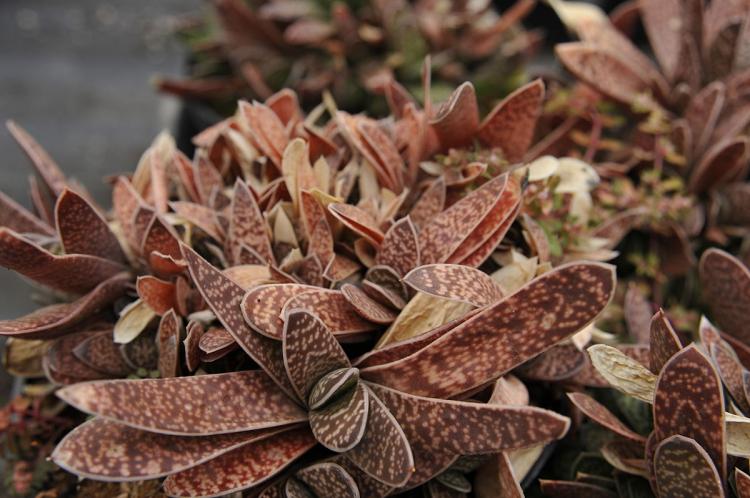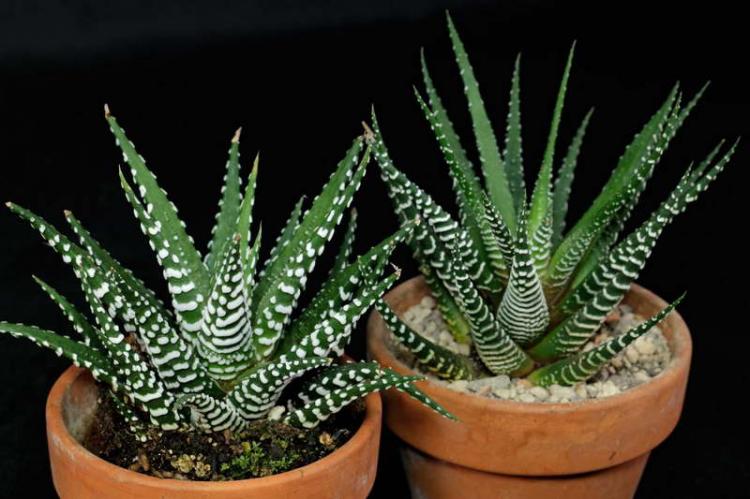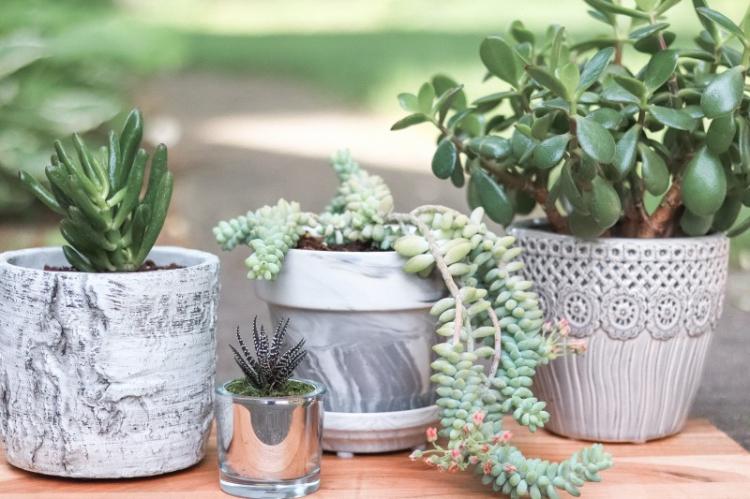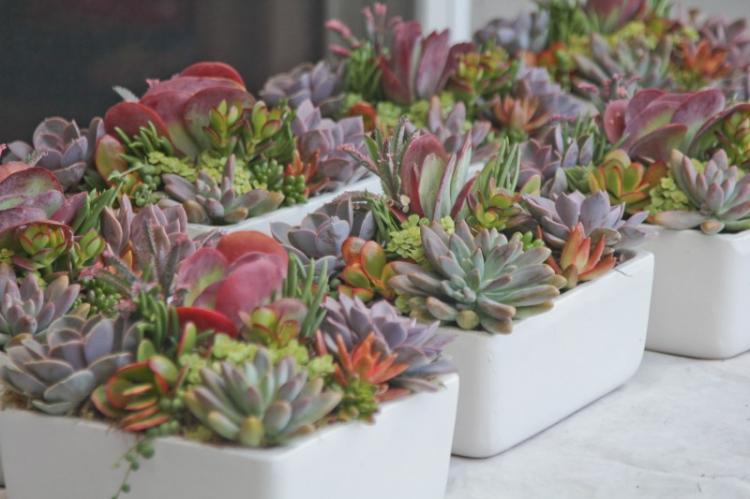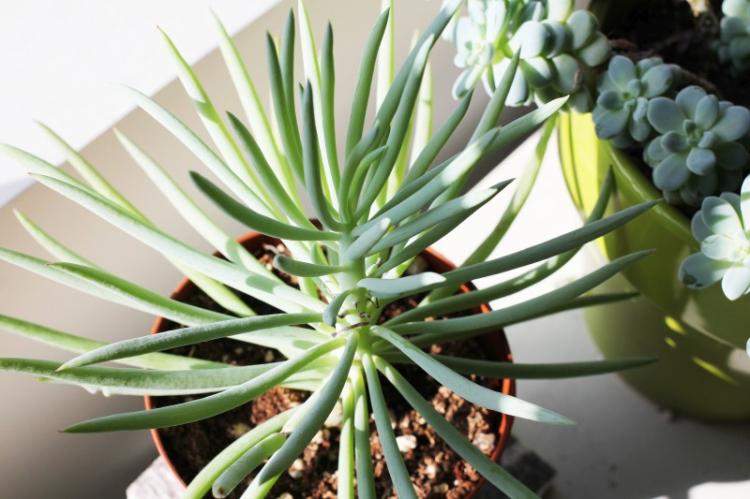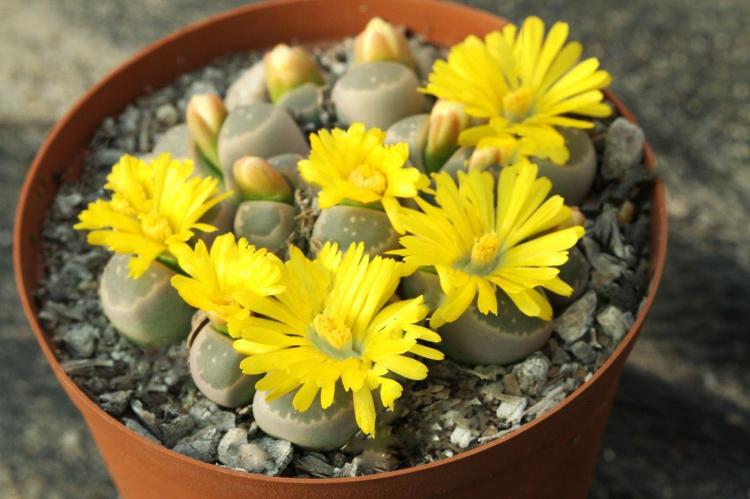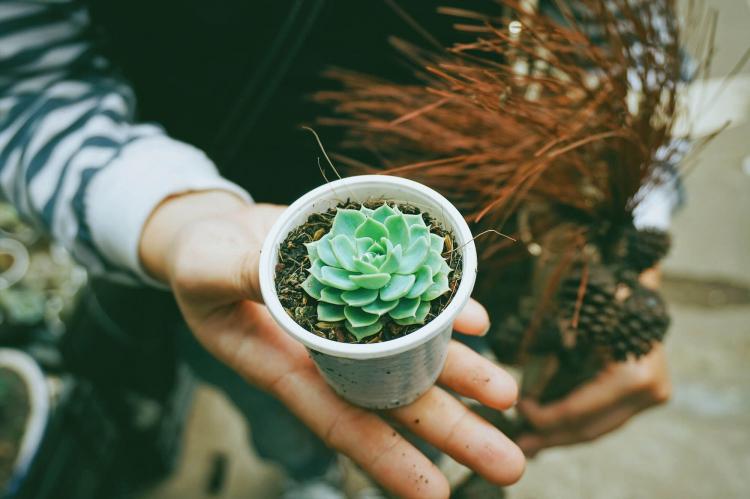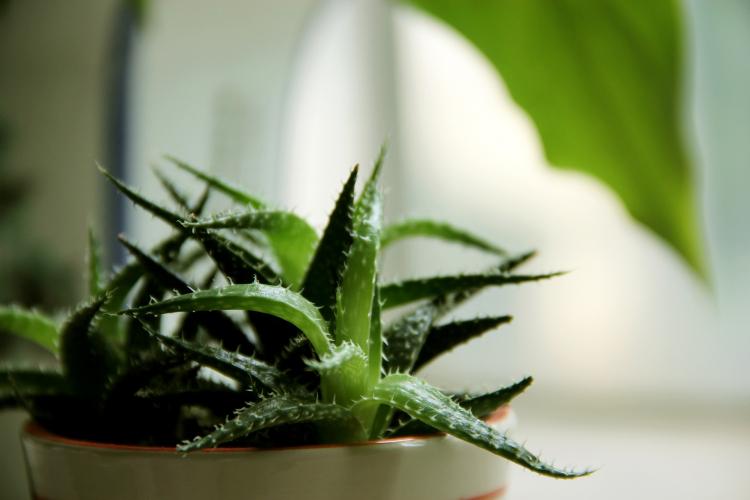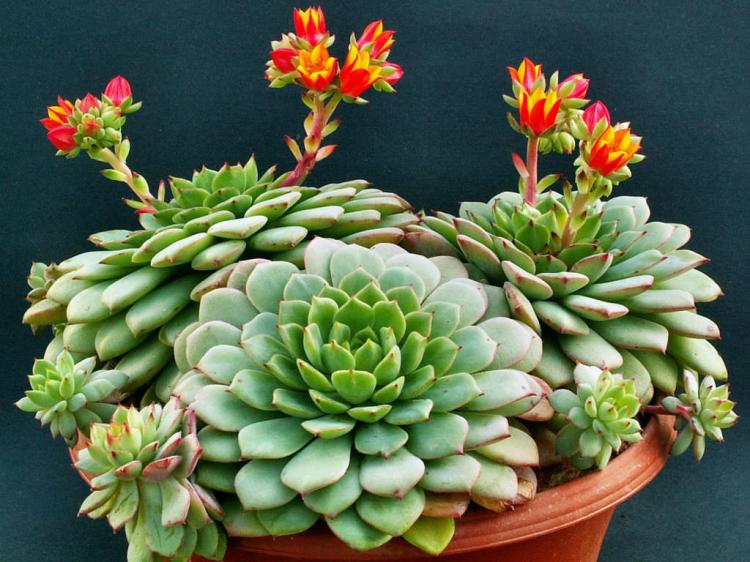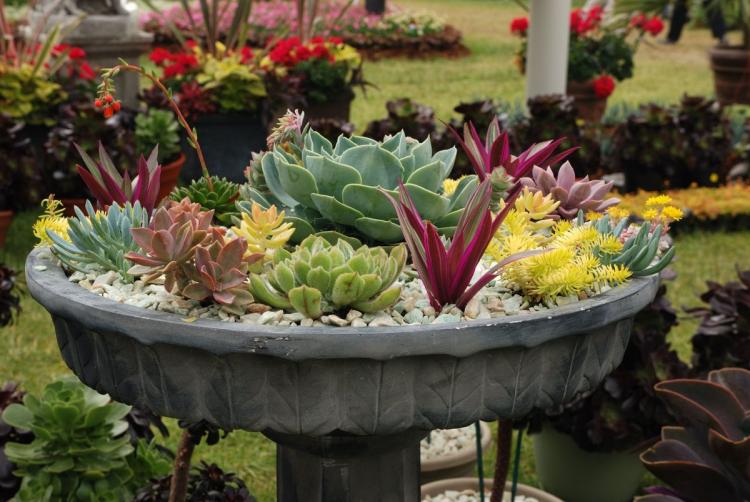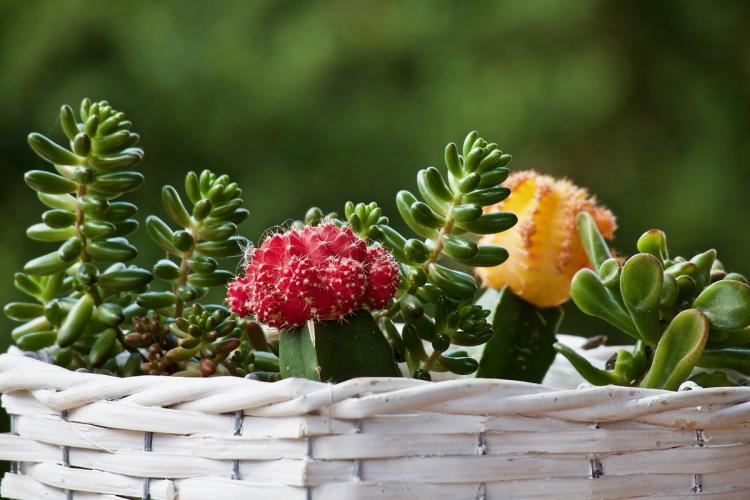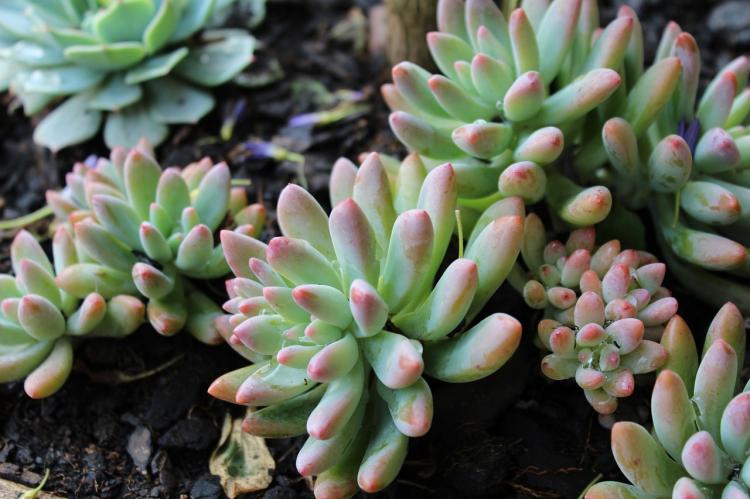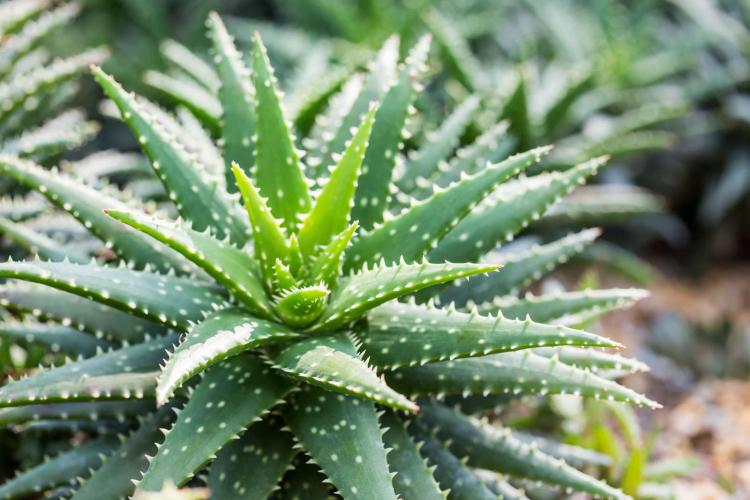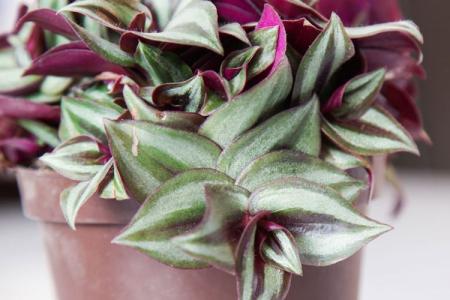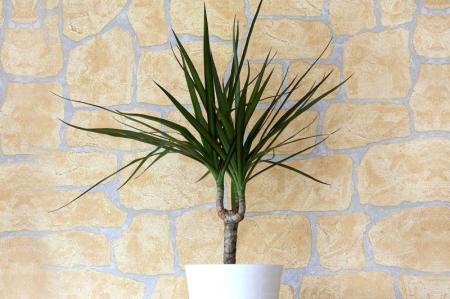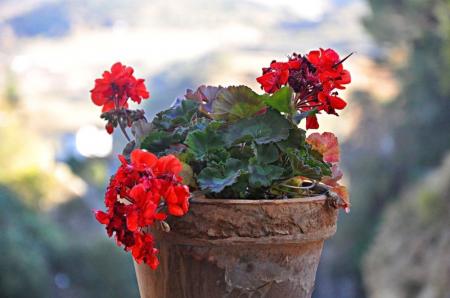
Not everyone knows that the name "succulents" hides all our simple, beautiful and unpretentious favorites that we meet every day. These are fat women, aloe, euphorbia, crassula, Kalanchoe, some types of cacti and a lot of much rarer varieties. They are united by their ability to accumulate moisture in fleshy leaves and stems, so that they do not need constant watering and difficult care.
general information
A group of succulents is distinguished not by appearance or origin, but by habitat. Special fabrics are capable of storing and retaining water for a long time. This is how plants survive in desert regions. For example, in hot South America or Africa.
All succulents are divided into two types:
1. Stem. Moisture is stored in a powerful thick stem, and the leaves are small and inconspicuous. Sometimes - in the form of thorns. This group includes many cacti, euphorbia.
2. Leafy. The moisture is stored in the leaves. The most famous examples are aloe, "money" fat woman, herbaceous haworthia and "stone" echeveria.
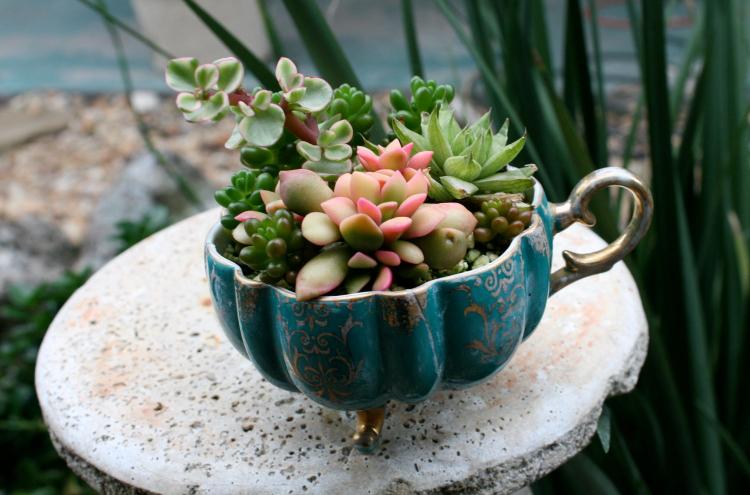
Several mechanisms that have developed as a result of evolution allow succulents to save and store moisture:
- Leaves and stems are covered with dense cuticles. It not only provides mechanical protection, but also prevents evaporation;
- Fluff on the surface of the body condenses moisture;
- Rounded shapes leave less area for moisture to evaporate. This applies to both trunks and leaves;
- Extended root systems reach the aquifers of the soil;
- Surface roots draw moisture from above: dew and precipitation;
- Arched leaves act as gutters through which water flows to the roots when it rains;
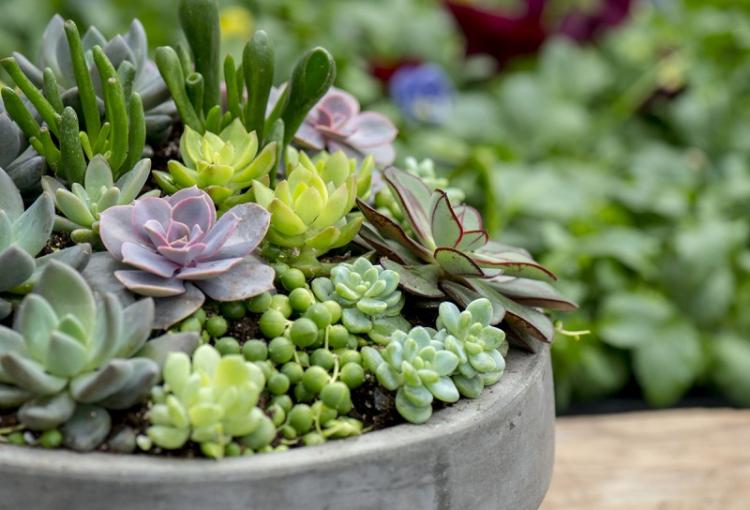
- The ribbed stem gives a "head start" when storing water reserves. The plant absorbs moisture until these ribs are fully extended. Thanks to this, it does not burst;
- Leaves are collected in rosettes with a reduced stem. This minimizes the needs of the flower;
- The number of respiratory pores is minimized;
- The flower breathes at night. Internal moisture is less likely to escape through the pores when the temperature around is lower;
- Ground parts may die off in case of too prolonged drought. But then they grow again with the improvement of conditions.
There are also mechanisms to protect against overheating. These are vertical forms, a minimum of ground parts with a developed rhizome, light colors and special protective pigments.
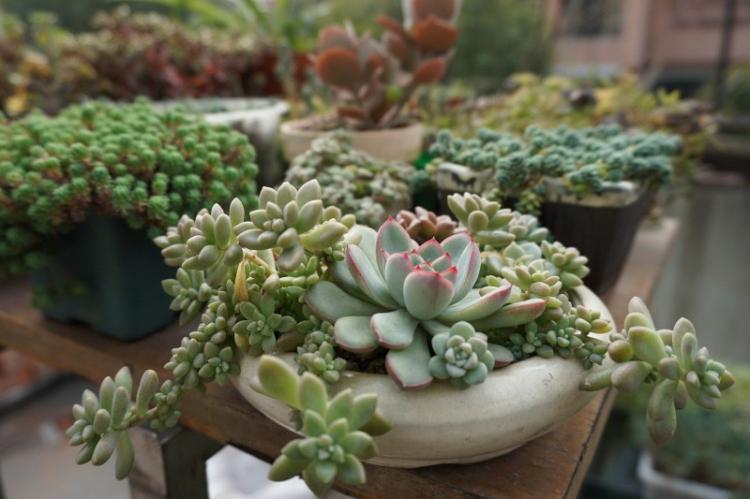
Types of succulents
There are a lot of types of succulents. It is difficult to even clearly classify them by genera and families. Therefore, we will only tell you about the most popular and interesting ones.
Aloe
Aloe is the king of succulents, which is widely used not only in floristic compositions, but also in medicine, pharmaceuticals and cosmetology. He is originally from South Africa. Only a few varieties are grown at home.
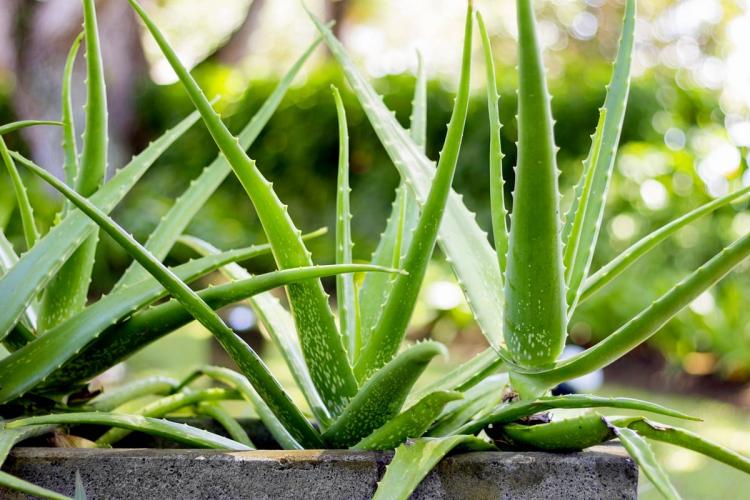
Crassula
Crassula, she is a fat woman, she is a "money tree" is distinguished by voluminous rounded leaves. Due to the yellowish tint on the dark, saturated surface, its leaves resemble coins. Therefore, the fat woman is considered an amulet that attracts wealth to the house.

Aeonium
Eonium is a whole family of centenarians. Its very name from ancient Greek is translated as "eternal", and not by chance. Subspecies differ not only in the color and shape of the leaves. They can grow in rosettes, bushes and even grass.
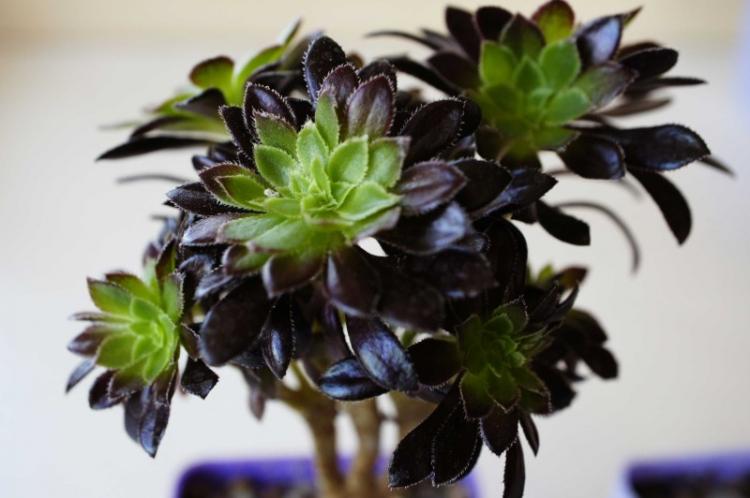
Kalanchoe
Until recently, Kalanchoe in huge quantities could be found on almost all window sills. And there are two reasons for this: almost uncontrolled reproduction due to star-shaped inflorescences along the leaves, as well as the healing healing and anti-inflammatory properties of the plant sap.
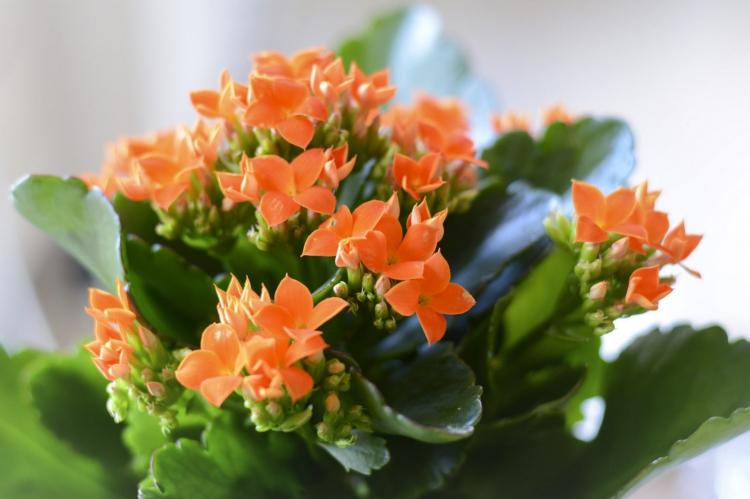
Gasteria
Due to its unusual shape, gasteria is also known as the "language of the lawyer." The squat rosettes are composed of dense leaves that really look like a tongue. In total, there are about eighty types of gasteria.
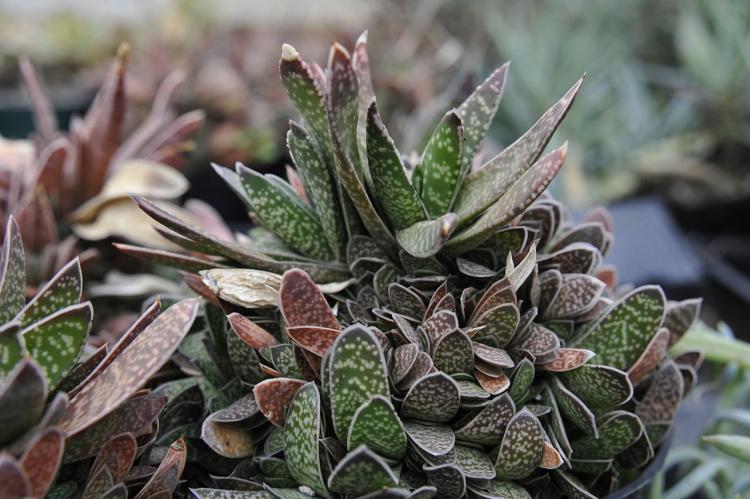
Agave
Agave has an interesting spherical rosette structure. It consists of dense and tough green leaves, sometimes with yellowish stripes. Sharp edges-ribs stretch along their surface.

Lithops
Lithops is one of the most unusual succulents. It is also called a living stone, because at first glance it is difficult to distinguish a flower from a pebble.
It reveals its essence only during the flowering period, when bright yellow, white, pink and orange flowers appear between thick leaves resembling a cylinder divided in half.

Duvalia
There are about twenty species of duvalia, and they all grow in southern Africa. They are small succulents with oval or rounded stems. They are notable for their burgundy, brown, purple or even black colors that resemble a starfish.

Adenium
Adenium resembles a small tree with small leaves. It is one of the most moisture-loving succulents and doesn't mind being sprayed. It blooms rarely, but densely - with an abundance of small pink flowers.

Haworthia
Haworthia is another succulent that many people know visually, but only a few by name. These are the same dark green rosettes with pointed elongated leaves, mottled with stiff pale ribs and dots.
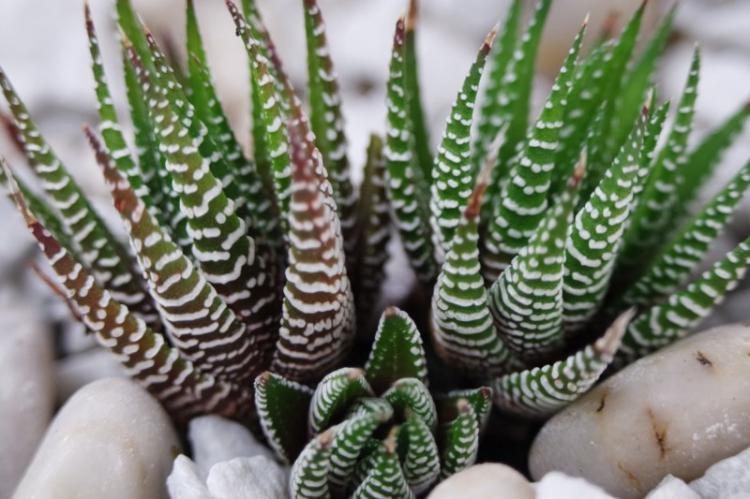
Cactus
Succulent cacti have strong, rounded stems. Moreover, they can be spherical, cylindrical, disc-shaped and candle-shaped.
There are two categories: desert and tropical. Desert cacti are more accustomed to drought, with thick trunks without leaves, but with thorns. The tropical ones came to us from the jungles of South America. Their stems are thinner and longer, and the thorns are soft and delicate. Sometimes these cacti grow directly on other plants.

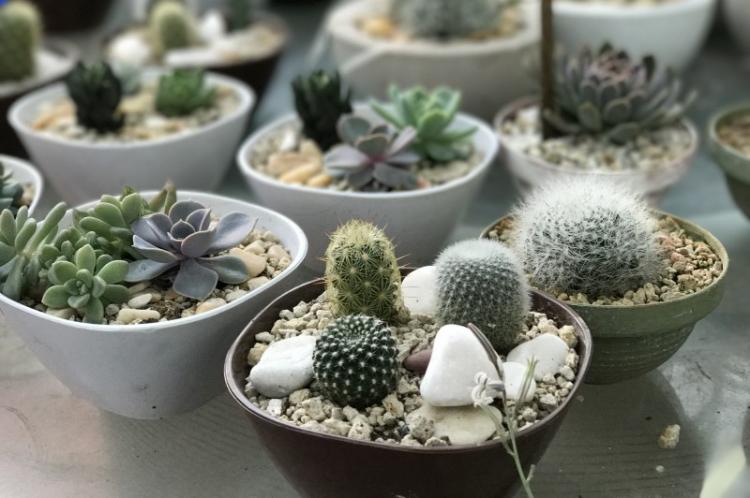
Succulent care
Succulent is the most flexible and unpretentious green friend. Minimal attention is enough for him, and the general rules of care are simple, uncomplicated and practically do not differ for the whole variety of species.
Climate
These are desert plants from arid countries. Of course, it will not be possible to recreate their native conditions in the middle climatic zone. And you don't need to!
Just keep in mind that succulents do not tolerate severe frosts and damp rooms. But they are quite comfortable if you regularly ventilate the room and ensure the temperature difference from day to night. You can safely leave the seedlings on the windowsill.
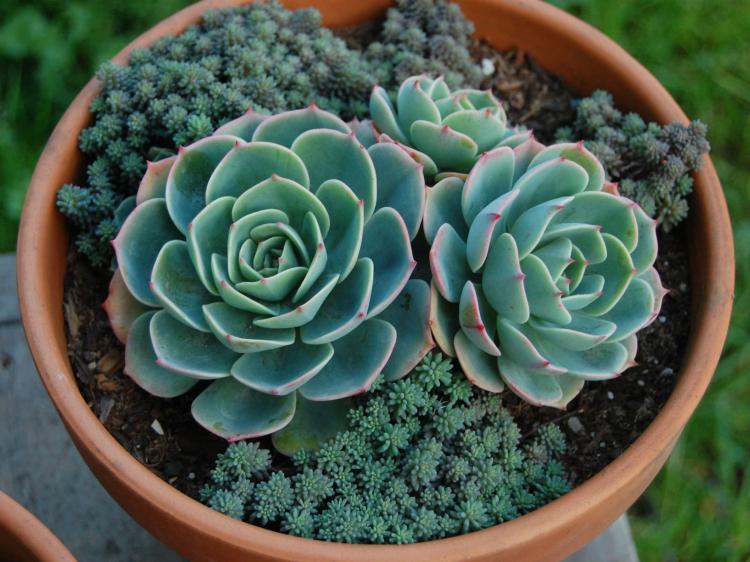
Priming
In their native regions, succulents thrive in sand or sand mixtures. Therefore, choose loose soil that is well ventilated and allows water to pass through. Also, it should be evenly moisturized when watering.
As a baking powder, you can safely take sand, fine gravel, broken shells, lime or special activated carbon. Do not add peat, humus or black soil to the soil.
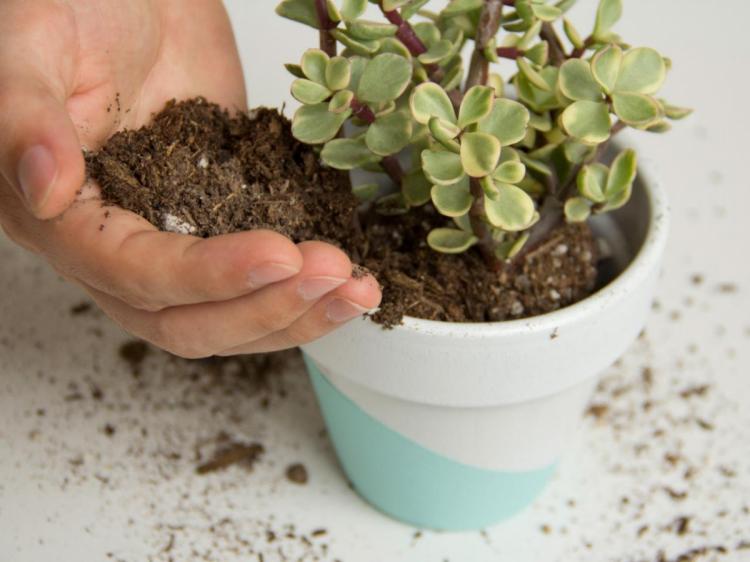
Light
Like true desert dwellers, succulents need and love the sun. Choose southern windowsills. Or take care of additional lighting if the windows face north.
Please note that some varieties are sensitive to too aggressive direct sunlight. Be sure to clarify this nuance for your green favorites. For example, this does not apply to cacti and agave, but crassula or aloe can burn out.
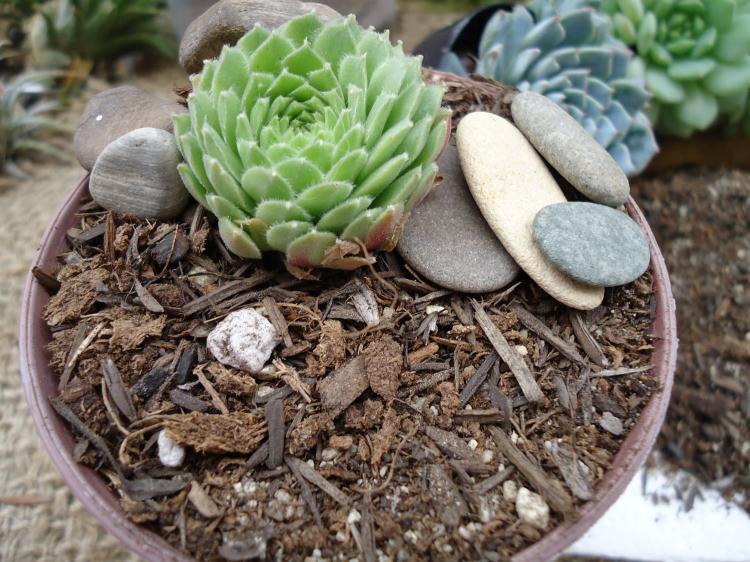
Watering
Watering frequency depends on the season. From spring to autumn, it is enough to water succulents once every 1-2 weeks. Focus on the dryness of the soil. It should stay dry for at least 3-4 days. The main thing is not to let the roots dry out.
In winter, the frequency is significantly reduced. If the temperature stays above 10 degrees, then the average frequency of watering is once a month. If lower - every 2-3.
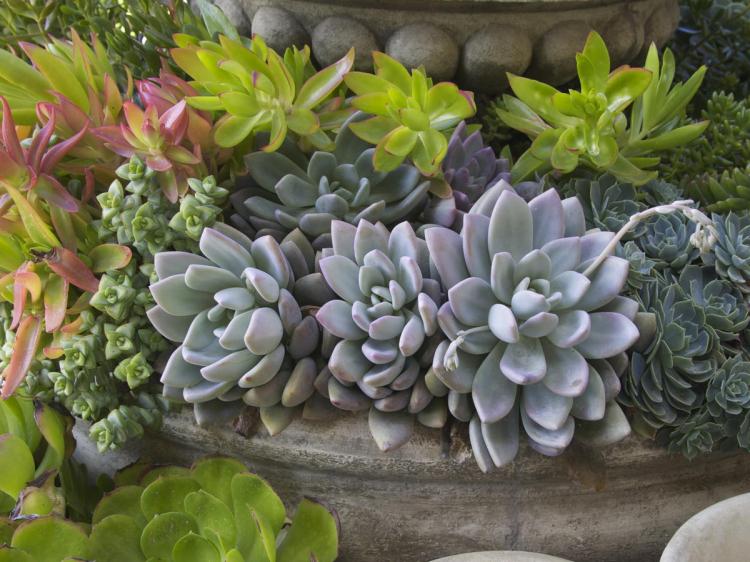
Growing succulents
Growing succulents from seeds is very long and difficult. Usually this method is used only when breeding new varieties. In other cases, normal vegetative reproduction is sufficient.
Dry the stalk or leaf for several days so as not to bring bacteria from the ground onto a fresh cut. You can additionally use a growth stimulant.Moisten the soil with warm water and deepen the cutting 15-20 mm. Leave the succulent alone for a few weeks in a bright and warm place until it takes root.
Many varieties cope with reproduction on their own. Even leaves dropped on moist soil germinate quickly. Keep track of this if you are not planning to create your own mini-garden.

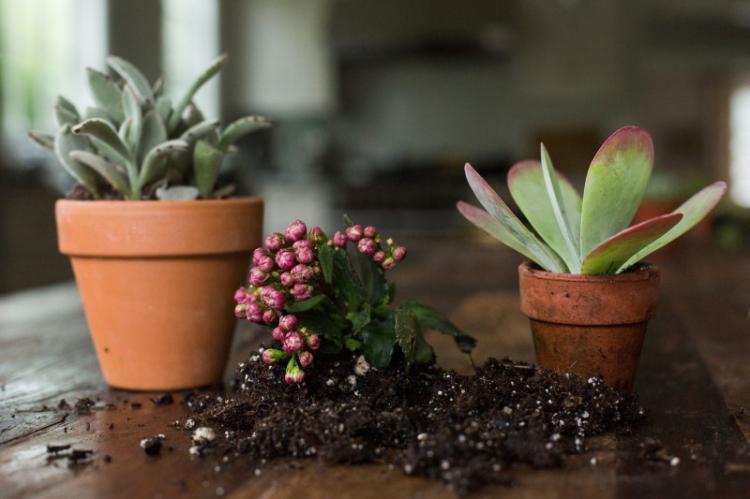
Transfer
It is recommended to replant succulents at the beginning of the activity period. That is, in the spring. But during the period of bud ovary or flowering - absolutely not worth it. You can replant young plants every year, adults - less often, every 2-3.
Fertilizing the soil is also better in spring, but occasionally, no more than once a month. The concentration of fertilizers for unpretentious succulents is minimal. They are used to poor ground.
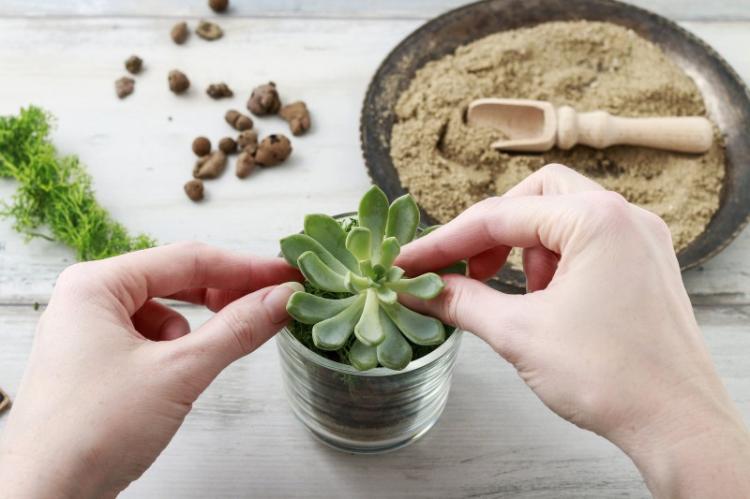
Pest and disease control
Even the most unpretentious varieties are not immune to problems. Although succulents are almost of no interest to pests and parasites. Occasionally mites, thrips and mealybugs are found. To combat them, use acaricides and systemic drugs.
It is recommended not only to spray the plant, but also to saturate the soil. So the leaves and stems will become poisonous to the parasites from the inside. To prevent roots from rotting, avoid frequent watering and choose an admixture with a reduced nitrogen content.
Try not to disturb the plants in winter, during the dormant period. And only use pots with a drainage hole. This is usually more than enough for succulents.
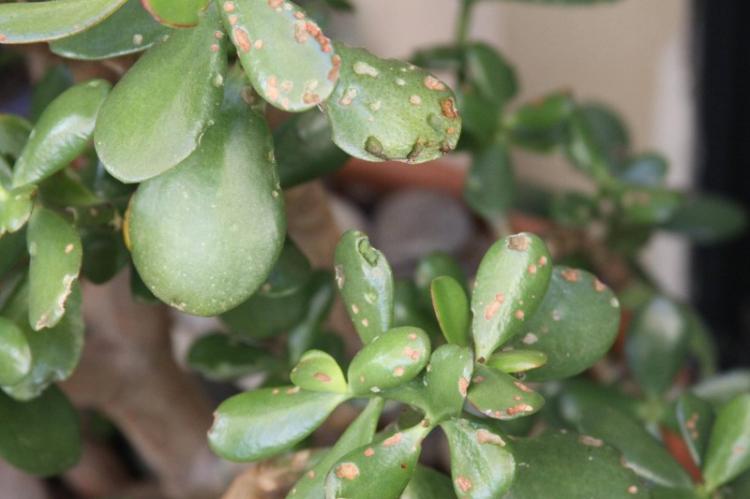
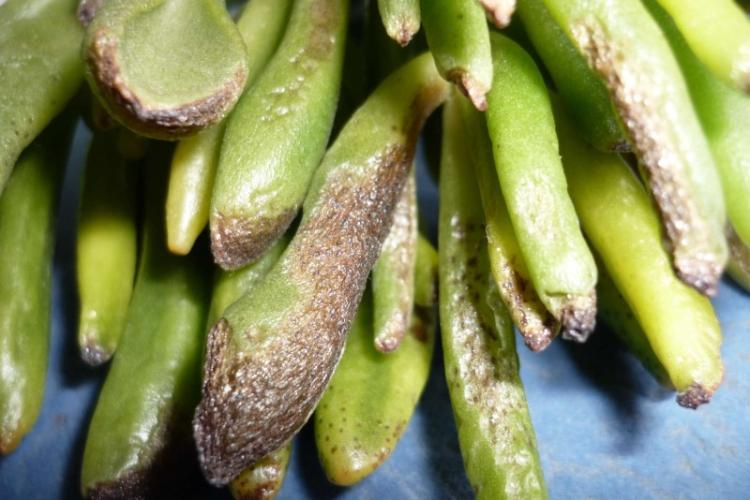
Succulents - photo
Still wondering whether to get succulents? We offer you the last and decisive argument. Succulents are ideal for creative flower arrangements, florariums, phyto-walls and original design solutions. Take a look at these photos and see with your own eyes!

